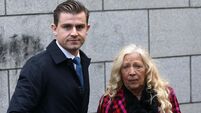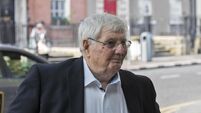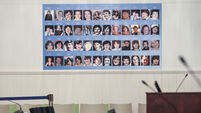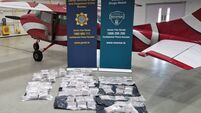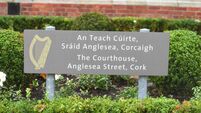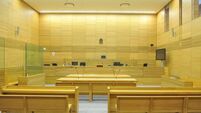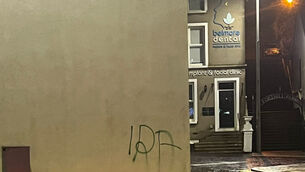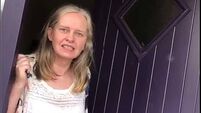'Take it very, very seriously': How fire brigade dealt with Stardust fire

The beginning of testimony from first responders to the scene of the fire in the early hours of February 14, 1981, brought to an end over a month of evidence from patrons there on the night of the fire that killed 48 people. File photo: Colin Keegan, Collins Dublin
Dermot Dowdall was in the control room at Tara Street Fire Station when the call came in at 1.43am.
A pair of his colleagues were discussing the two reports they had just received about a fire in Artane so he picked up the auxiliary phone, where 999 calls were fed in.
The man on the other end of the line asked him who he was and identified himself as a fireman. Mr Dowdall said, as a fireman, he “spoke our language”. The man on the other end was John Fitzsimons. While a fireman, he was also a part-time bouncer at the Stardust club in north Dublin.
“He told me the situation he was in,” Mr Dowdall told the jury at the Stardust inquests on Friday. “He was calling from inside the Stardust. There was a major fire and 800 people were in the place.
District call is a call sign used by the fire brigade to indicate something very significant is happening and requires a huge response. A brigade call is even more serious again.
That brief conversation indicated to Mr Dowdall that something very serious was happening and meant all the resources Dublin Fire Brigade had could be deployed immediately.
Later that night, he would be one of those tasked with bringing bodies of those who died in the Stardust out of the smouldering ruin.
“It was gruesome work,” he said. “We brought the bodies outside and lined them up in a very long line. You couldn’t see the prospect of identifying some of them. Some you couldn’t tell whether they were male or female.”
The beginning of testimony from first responders to the scene of the fire in the early hours of February 14, 1981, brought to an end over a month of evidence from patrons there on the night of the fire that killed 48 people.
Much of the evidence given came from people who were just teenagers at the time, who had gone to the nightclub for the disco dancing competition with their friends. Some of these friends never made it home. Tears flowed freely across many days in the Pillar Rooms as they recounted their very worst experiences.
For these witnesses, now mostly in their late 50s and 60s, they were delving into the most harrowing moments of their lives as they got separated from friends and struggled to escape.
Just this week, it heard from Patricia O’Connor who went to the disco with her friend Caroline Carey (17). Caroline was grounded at the time but her mother was persuaded to allow her daughter go.
They were all “so excited” to be going. Caroline died in the fire. She was pregnant at the time.
Ms O’Connor said she couldn’t go up the Careys' road for 10 years afterwards because “we promised her mammy that she’d come home”.
Also giving evidence on Friday was Noel Hosback, another fireman who rushed to the scene on the night. Outside, a man had come up to him to say his friend was still inside and he had to do something for him.
Others were speaking to people trapped inside the bathrooms that had steel plates welded at the windows. Mr Hosback bravely climbed through a window and through a passageway into the main Stardust ballroom.
He entered the ladies’ toilets, called out and got a response. There were three people in this toilet. He got breathing apparatus and he and other firemen helped them out.
One of them—Deirdre Dames, just 18 years old at the time—was in the public gallery for Friday’s evidence. Others were then saved who had found themselves in other toilets in the building in the chaos after fire struck.
He, however, would have the same grim task as Mr Dowdall later, helping to bring bodies of the deceased outside. “Those people in the toilets when we arrived at the scene were all rescued and brought to safety,” he said.
The inquests continue Tuesday.
